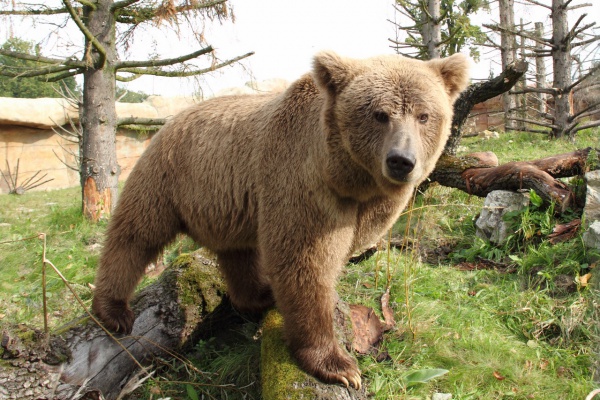Facts About Himalayan brown bear
The Himalayan brown bear, also known as the Himalayan red bear, isabelline bear, or Dzu-Teh, is a distinctive subspecies of brown bear found in northern Afghanistan, northern Pakistan, northern India, western China, and Nepal. This subspecies is the largest mammal in these regions, with males reaching lengths of up to 2.2 meters. These bears are omnivorous and hibernate during the winter months. Unlike the overall brown bear species, which is classified as Least Concern, the Himalayan brown bear is highly endangered, with its population steadily declining.
Males are generally larger than females, a phenomenon known as sexual dimorphism. They typically have sandy or reddish-brown coats. These bears are found in areas of Nepal, Tibet, China, India, Pakistan, Uzbekistan, Tajikistan, Kyrgyzstan, and Kazakhstan. Interestingly, the Gobi bear shares many characteristics with the Himalayan brown bear, suggesting it might be a relict population.
Genetic studies indicate that the Himalayan brown bear is the closest relative to all other brown bears and polar bears. They hibernate in dens from October to around April or May. As omnivores, their diet includes plants, insects, small mammals, fruits, and even large mammals.
The conservation status of the Himalayan brown bear is critical. Their population is diminishing due to poaching, habitat loss, and human-wildlife conflicts. Conservation efforts, including research and various initiatives, are crucial to protect this subspecies. There is also a historical association with the legend of the Yeti, adding a layer of mystique to these animals.

 China
China